Has your Gardenia plant suddenly begun to produce brown, wilted leaves? You’re not alone! Every year, thousands of gardeners across the world face the challenge of dealing with Gardenia Leaves Turning Brown. Don’t worry – this article is here to provide full information and useful tips about how to tackle this difficult problem.
Gardenia Plant With Leaves Turning Brown – Causes
If you’ve noticed Gardenia leaves turning brown, it’s important to take action immediately. Browning of Gardenia leaves is often a sign of an underlying issue, such as plant stress or disease. It can even indicate a lack of care from the gardener. Read on for common causes and solutions for your Gardenia plant’s leaf-turning problem.
Nutritional Needs
A major factor in gardenias turning brown is nutrient deficiency.
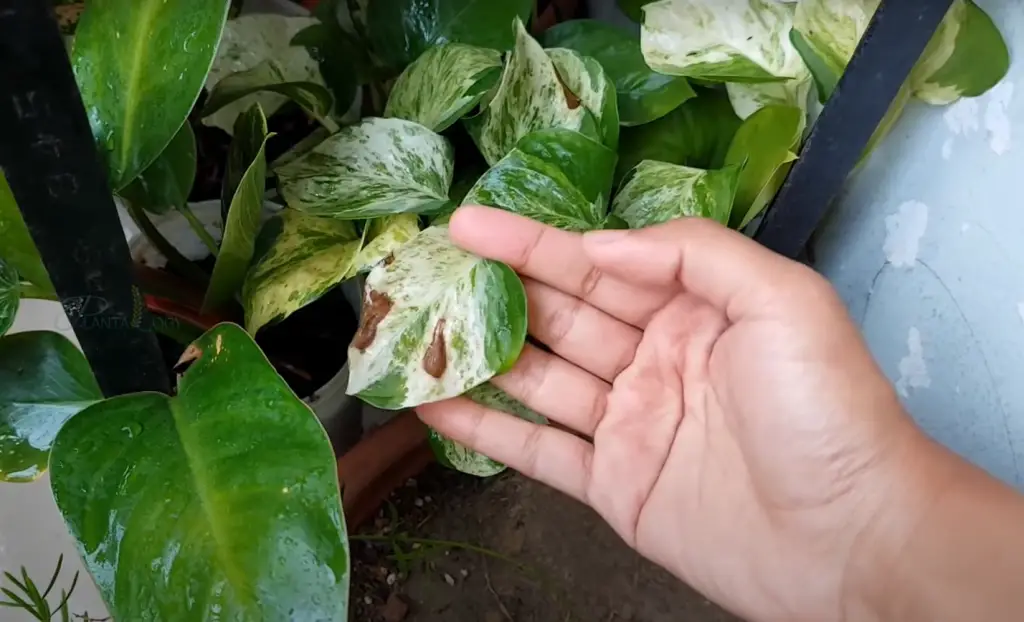
Gardenias require more fertilizer than some other plants, typically needing to be fed once every two weeks during the growing season with a specially formulated plant food that contains micronutrients like magnesium and iron. Additionally, gardenias need plenty of organic matter such as compost or aged manure to keep their soil rich and fertilized.
Water Needs
When it comes to gardenias, water is essential and necessary for the plants. Gardenia leaves turning brown can be an indication of overwatering or underwatering the plant – so you need to make sure that you are providing the right amount of water to keep your gardenia healthy.
If you’re not sure how much to water your flower, there are a few things you can check: feel the soil near its roots and see if it is dry or damp; stick the finger into the soil up to your first knuckle (if it feels dry 1 inch below the surface, it’s time to give it some water); and look at the foliage – if it looks wilted, then this is another key indicator that your plant needs a drink.
If you do need to water, make sure you are using either lukewarm or room temperature water and that the water is not running down the stem of the plant – instead, try to pour it around the root base so that it can absorb as much moisture as possible. It’s important not to saturate the soil with too much water, since this can cause root rot or other fungal infections which will stunt growth and health. A good way to avoid this is by watering only when the top 2-3 inches of soil is dry, and allowing any excess water to drain away from the pot after pouring it in. This should help keep your gardenia happy and healthy!
Diseases
If your gardenia’s leaves are browning, it could be due to a fungal disease or insect infestation. Fungal diseases often manifest as spots on the foliage that eventually turn yellow, then brown and may even cause defoliation. Insects such as aphids, scales or mealybugs suck plant juices from the foliage, causing it to turn yellow before it turns brown and falls off.
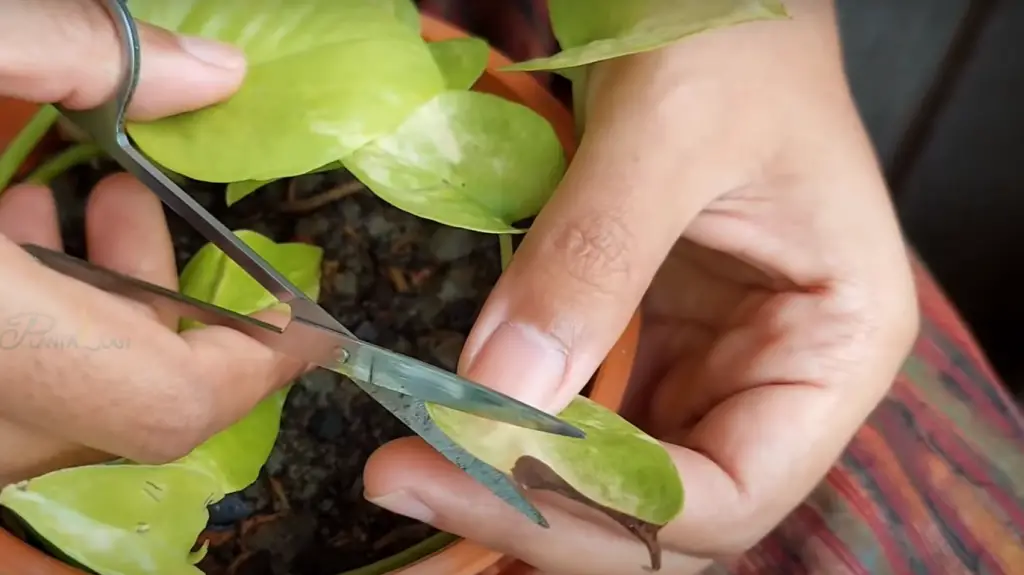
To determine whether your plant has an issue with pests or fungi, examine the underside of affected leaves for insects or sticky residue. If you see any signs of pests, get rid of them using insecticidal soap or organic pesticides. For fungal diseases, remove infected parts and spray with a fungicide containing neem oil or copper sulfate.[1]
Fungicides and Cultural Control
Fungicides, such as those containing copper or potassium bicarbonate, can help to reduce the spread of leaf spots and other fungal diseases. To effectively use fungicides against Gardenia leaves turning brown, spray all affected and surrounding leaves thoroughly. Make sure to apply at least two weeks apart for best results. Cultural control is also important for controlling gardenia browning. Avoid wetting the foliage when irrigating, and keep the area around the plant free of fallen petals or debris that could harbor disease organisms. Prune away heavily infected areas and dispose of them safely in order to prevent reinfection. Lastly, make sure not to overcrowd your plants; give them plenty of space for air circulation so that moisture doesn’t get trapped and cause fungal growth.
What Portions of The Plant Are Infected?
Gardenia leaves turning brown is typically caused by an infection, such as root rot4, fungal diseases, or herbicide damage. To diagnose the problem correctly and develop a course of action to remedy it, you must first identify the portion of the plant that’s affected.
If the leaves are yellowing and wilting before they turn brown, chances are that your Gardenia is suffering from root rot. This is an infection caused by a fungus in the soil which damages and rots away at your plant’s roots. The best way to tell if this is what’s happening is to check for soft, soggy-looking spots on the roots. If you see any, then it’s likely that root rot has taken hold.
If the leaves are speckled with brown patches, it’s likely that your Gardenia is suffering from a fungal disease.
To check if this is what’s going on, look for yellow spots or raised bumps on the leaves.Finally, herbicide damage can also cause Gardenia leaves to turn brown. This may occur when nearby lawns have been treated with herbicides over-spraying onto your gardenia plants; however, you should be able to tell if this is what’s happened as there will be a clear line between the affected and unaffected areas.
Why Are There Spots on My Gardenia Leaves?
Gardenia leaves may develop spots or discoloration for a variety of reasons. It could be caused by disease, nutrient deficiency, insect damage, sunburn, or other environmental factors.
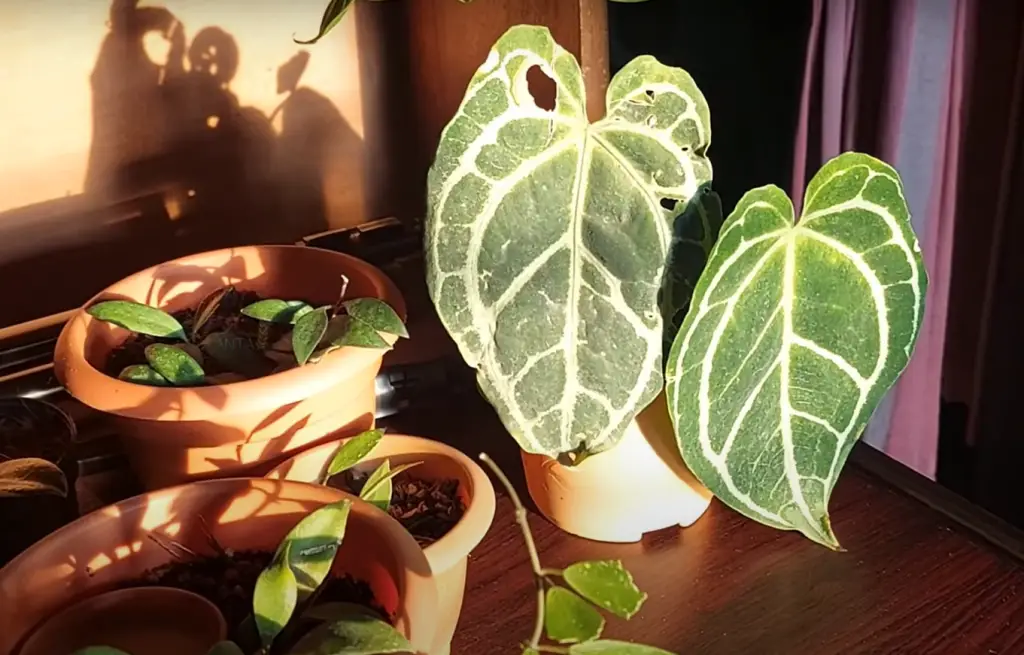
To determine the cause of your gardenia’s browning leaves, you should inspect the plant and its environment closely. Common causes include:
- Diseases such as Botrytis blight or anthracnose
- Insects such as scale insects or mealybugs
- Sunburn from too much direct exposure to sunlight
- Nutrient deficiencies due to poor soil quality or inadequate watering
- Cold weather injury if temperatures drop below 55°F (13°C)
If you can find the cause of your gardenia’s browning leaves, you can take appropriate steps to treat and prevent it.
Low Soil Acidity Levels
If you want to give your gardenia leaves the best chance of staying healthy and green, then you need to make sure that the soil is not too low in acidity. Gardenias prefer acidic soils with a pH below 6.5. If your soil has a higher pH than this, you will need to add some organic material such as compost or peat moss to help lower it. You can also use sulfur-based products which are designed specifically for lowering soil pH levels.
Once you have achieved the desired level of acidity in the soil, ensure that your gardenia gets enough water but not too much. Overwatering is one of the most common causes of brown leaf edges on gardenias so make sure you’re not giving it too much. If you’re not sure how much to water, just wait until the top inch of soil is dry before watering again.
Finally, make sure your gardenia gets enough sunlight. Gardenias need 4-6 hours of direct sunlight each day for optimal growth and health. If you notice that your plant isn’t getting enough light, consider moving it into a sunnier spot in the garden or on the deck or patio.
Rhizoctonia Leaf Infection
This type of fungal disease will cause the leaves to turn yellow and then brown and may cause some defoliation as well. The infected leaf will appear dry and discolored, with dark patches or lesions that have a sunken center filled with tan or black spores.
To treat this issue, you should remove all affected leaves and discard them properly. You can also apply fungicide to protect neighboring healthy plants from becoming infected as well. There are several different fungicides available in home gardening stores that can help fight off any existing infection and prevent further spread of the disease. Make sure to follow the product instructions for best results.

It’s also important to practice good gardening hygiene and take steps to improve the overall airflow in your garden. If they’re too close together, it can make the conditions favorable for fungal infections to spread among them. It might be a good idea to consider mulching or aerating around your plants as well, which can help reduce moisture levels and encourage better air circulation. Finally, keep your garden free of any dead leaves or plant debris that may attract these types of diseases.
Symptoms of Rhizoctonia Leaf Infection
The symptoms of this condition include:
- Wilting or drooping leaves
- Brown spots on the upper surface of the foliage
- Yellowing around the edges of the leaves
- Small black dots or lesions on the underside of the leaves
- Leaves dropping prematurely
Control and Treating of Rhizoctonia Leaf Disease
If your gardenia’s leaves are turning brown due to Rhizoctonia Leaf Disease, you need to take steps to control and treat the problem. The most important thing is to remove any infected plants or parts of plants from the area as soon as possible. This will help prevent the disease from spreading further and reduce the amount of damage it can cause.
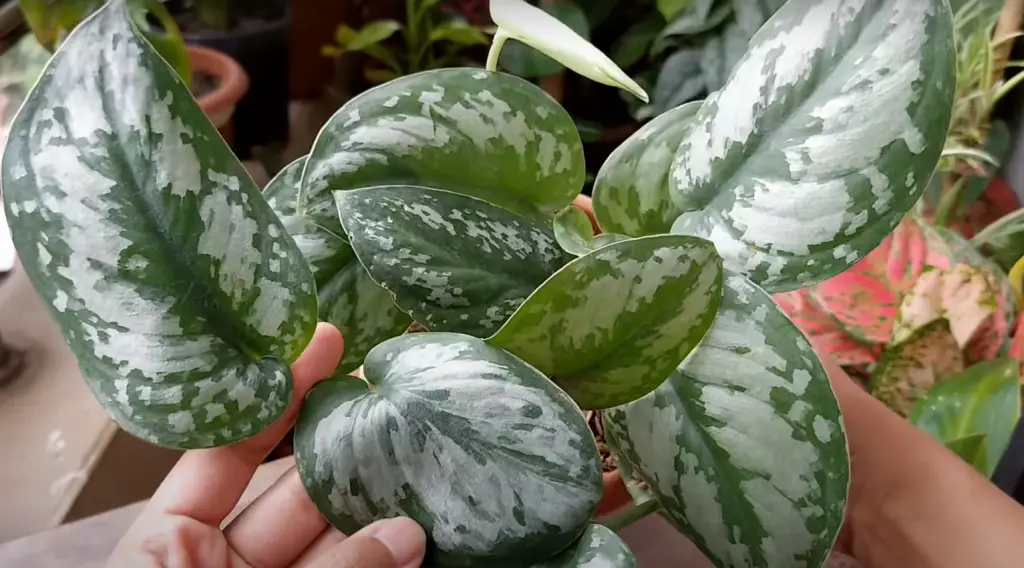
In addition, there are several other things you can do to help prevent Rhizoctonia Leaf Disease in your garden:
- Make sure that your garden has a good drainage system so that water does not pool up around the roots of your gardenias.
- Avoid overwatering as this can encourage fungal growth. Water only when necessary but make sure that your plants are getting enough moisture.
- Keep the area around your garden free from weeds and dead leaves, which can act as a source of food for disease-causing fungi.
- Make sure to mulch your gardenias properly, using an organic material such as bark chips or composted manure.
- This will help keep the soil moist while at the same time discouraging fungal growth.
- If possible, use a fungicidal spray to treat any affected plants. This should be done twice a year during cool weather in early spring and late autumn for best results.
Bacterial Leaf Spot
Bacterial leaf spot is another common cause of Gardenia leaves turning brown. This problem is caused by a bacteria called Xanthomonas campestris.
To get rid of this issue, you’ll need to eliminate any affected leaves and flowers and treat your plant with an appropriate fungicide. Be sure to follow the instructions on the label carefully when applying any chemicals to prevent further damage.Control and Treating of Bacterial Leaf Spot of Gardenia
To control and treat bacterial leaf spots of Gardenia, you should first remove any affected leaves or flowers to prevent the spread of infection. Then apply a fungicide as instructed on the label. Fungicides that contain copper can be used to help protect new foliage from infection. After applying the fungicide, make sure to water your plant thoroughly. Additionally, it’s important to keep your gardenia plant in an area with good air circulation and plenty of sun to ensure optimal growth and health.
Cercospora Leaf Spot
Cercospora leaf spot is a fungal disease that can cause gardenia leaves to turn brown. It’s usually brought on by warm, wet weather and poor air circulation around the plants. To combat this issue, make sure your gardenias are planted in locations with plenty of air movement. If you notice spots on the leaves, prune out any affected branches and treat them with a fungicide according to package directions. Avoid overhead watering when possible as it can encourage the spread of the fungus. Lastly, be careful not to let fallen leaves lie around as they may contain spores that could potentially infect other plants in your garden.
Control and Treating of Gardenia Cercospora Leaf Spot
If you have already identified Cercospora leaf spot on your gardenias, it’s important to take action quickly before the infection spreads. Remove any affected branches and dispose of them in sealed garbage bags or by burning them.

After pruning out infected parts, treat the remaining plant with a fungicide labeled specifically for use against Cercospora fungi. Make sure to follow the product directions carefully as improper application can lead to more disease issues in the long run.
Phytophthora Root Rot
Phytophthora root rot is a fungal disease that can also cause gardenia leaves to turn brown. This disease is caused by poor drainage, overly wet soil, and humid environments. Symptoms of Phytophthora root rot include wilting and yellowing of leaves, as well as the presence of dark-colored lesions on stems and roots.
Control and Treating of Phytophthora Root Rot in Gardenias
If you suspect your gardenia has Phytophthora root rot, it is important to take steps to control and treat the disease as soon as possible. First, remove all affected plants from the soil and discard them in a trash bag. Next, reduce moisture around the gardenia by adjusting irrigation practices or improving drainage. For severe infections, fungicides may be necessary; however, it’s best to consult with your local plant specialist to determine which products are best for your specific situation. Finally, make sure there is good airflow around the plant by pruning away any dead or infected leaves and branches. With proper care and attention, you can help prevent further damage to your gardenia from this fungal disease.
How to Prevent Brown Spots on Gardenia
If you want to prevent the leaves of your gardenia from turning brown, there are some steps you can take. The following tips will help:
- Make sure your gardenia is getting enough water and fertilizer. Gardenias need a steady supply of both in order to stay healthy and green.
- If you’re growing your gardenias outdoors, provide protection from weather extremes such as high winds and hot sun. This can help keep the leaves from drying out and turning brown.
- Check for pests, especially scale insects, which can feed on the sap inside the leaves of your gardenia causing them to turn yellow or brown. Treat affected plants with an appropriate insecticide if necessary.
- Prune any dead or damaged branches to encourage new growth and help the plant stay healthy. [2]
Following these steps should help keep your gardenia looking its best! If you have any other questions about Gardenia Leaves Turning Brown, please don’t hesitate to ask a gardening expert.
FAQ
Why are my gardenia leaves browning?
There are many possible causes for the browning of gardenia leaves, including over-watering, improper fertilization, inadequate light exposure, and pest infestations.
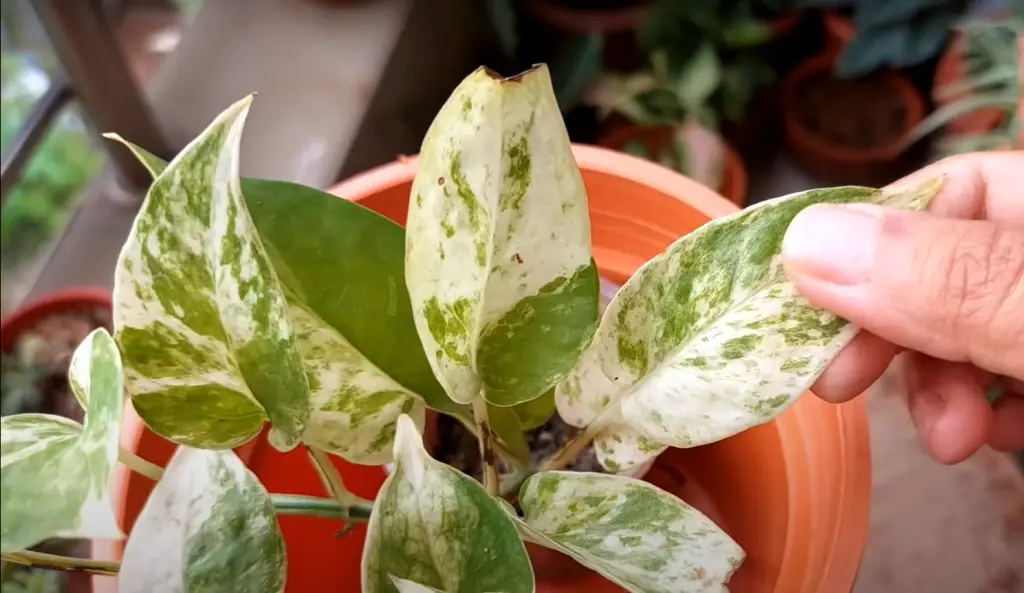
It is important to identify the cause of your plants’ browning leaves in order to take the best course of action.
How do you revive a dying gardenia plant?
If you’re seeing your gardenia leaves turning brown, it may be a sign that the plant is in distress and needs intervention. Fortunately, there are steps you can take to revive your gardenia and get it back on track.
Firstly, check for any pests or diseases. If present, treat the issue right away with appropriate solutions to prevent further damage. Also examine the soil around your gardenia plant and assess if its condition needs improvement: make sure that water drains well after heavy rains; add organic matter into sandy soils to improve structure and water-holding capacity; add an appropriate fertilizer as needed.
Next, review the watering habits of your gardenia plant – while they do need regular watering (about once a week), be careful not to overwater. If the soil feels wet, check if the roots are already in waterlogged conditions and adjust accordingly.
Finally, make sure that your gardenia is getting enough sunlight: these plants typically need five to six hours of bright indirect light every day in order to thrive. Also, prune off unhealthy branches and leaves as needed – this can help promote healthier growth and a more attractive shape. [3]
With proper care and attention, you can bring your gardenia back from the brink! Just remember to monitor it closely for any signs of improvement or distress and act accordingly.
Should I remove dead leaves from Gardenia?
Yes, it is important to remove dead leaves from gardenia as soon as you notice them. Dead leaves are not only unsightly, but they can also encourage diseases and pests. Removing dead leaves helps ensure your gardenia stays healthy and beautiful.
When removing a leaf, make sure to cut the stem at the base of the plant instead of pulling it off manually. If you try to pull off the leaf, you risk damaging the plant or even worse – spreading potential pathogens that may cause further damage to other plants in your garden. [4]
In addition, regularly trimming and pruning your gardenia can help reduce the number of dead leaves on your plant which will also keep it looking its best! Finally, use a pair of sharp scissors or pruners to trim any brown leaves and discard them away from your garden. This will prevent the spread of any diseases and keep your garden looking healthy.
How do you save a sick gardenia?
Unfortunately, gardenias that are turning brown may not be able to be saved. If the plant is severely affected by browning, it’s best to remove the unhealthy parts and dispose of them safely. However, there are some methods you can try to help save a sick gardenia if the damage isn’t too severe.
First off, check for signs of pests or fungus. Insects and fungi can both cause leaf discoloration on gardenias. For insects, find out what kind has infested your plant and treat it accordingly with an appropriate pesticide. For fungal diseases such as powdery mildew or root rot, use an antifungal spray or specific fungicide to control the spread of the disease. These products can be found at nurseries and garden centers.
Next, examine the soil of the plant to determine if it is dry or too wet. Gardenias require slightly acidic, well-draining soil that is consistently moist. If your soil is too dry, water more often and consider adding mulch around the plant to help retain moisture. On the other hand, if the soil is too wet then drainage may be an issue – add some sand or organic matter to improve drainage capabilities.
Finally, make sure your gardenia has adequate lighting conditions for optimal growth. Most varieties need full sunlight for several hours a day so adjust their position accordingly in order to receive as much sun as possible without drying out in direct sunlight. Additionally, fertilize your gardenia regularly to provide it with the essential nutrients and minerals it needs. [5]
With a bit of extra attention and care, you may be able to save a sick gardenia. If nothing seems to work, however, then you may have no choice but to remove the plant and start again.
Useful Video: The Leaves on My Gardenia Bushes Are Turning Brown on the Ends
Conclusion
Gardenia leaves turning brown is an issue that can be prevented and treated. With the right care and attention, your gardenias will look their best all year round. Regular pruning, watering, fertilizing, mulching, and pest control will help ensure healthy plants. If you find yourself dealing with leaf spots or yellowing leaves due to environmental factors such as too much sun or drought stress, try adjusting the environment for better results. And if your plant has a fungal infection or insect infestation, be sure to take the necessary steps to get rid of them before they become a larger problem. Taking proactive measures now can save you from spending money on costly treatments in the future. With these tips in mind, you should have no trouble keeping your gardenias looking beautiful and vibrant. Good luck!
References:
- https://www.gardenguides.com/facts_7852259_leaves-bushes-turning-brown-ends.html
- https://gardenforindoor.com/brown-spots-on-gardenia-leaves/
- https://www.evergreenseeds.com/overwatered-gardenia/
- https://www.homesandgardens.com/gardens/when-to-prune-gardenias
- https://plantophiles.com/plant-care/how-to-revive-a-dying-gardenia/





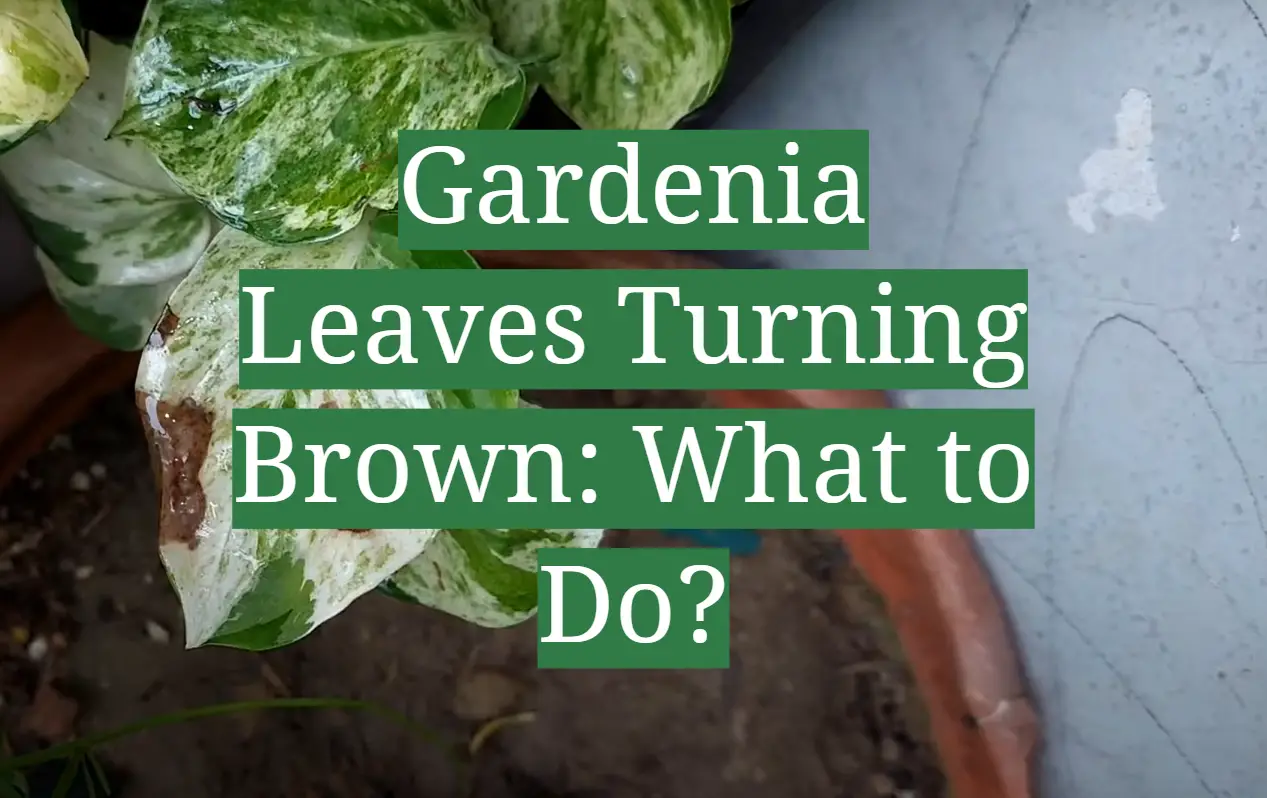
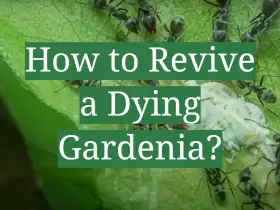

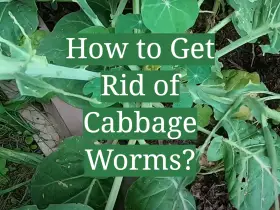
Leave a Reply
View Comments